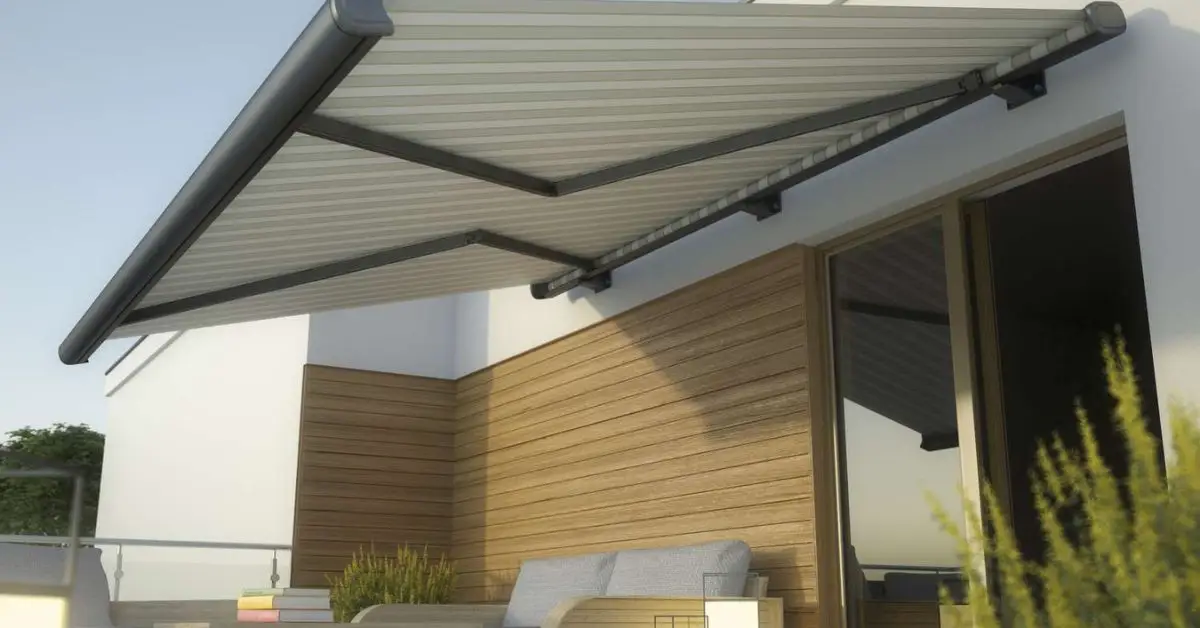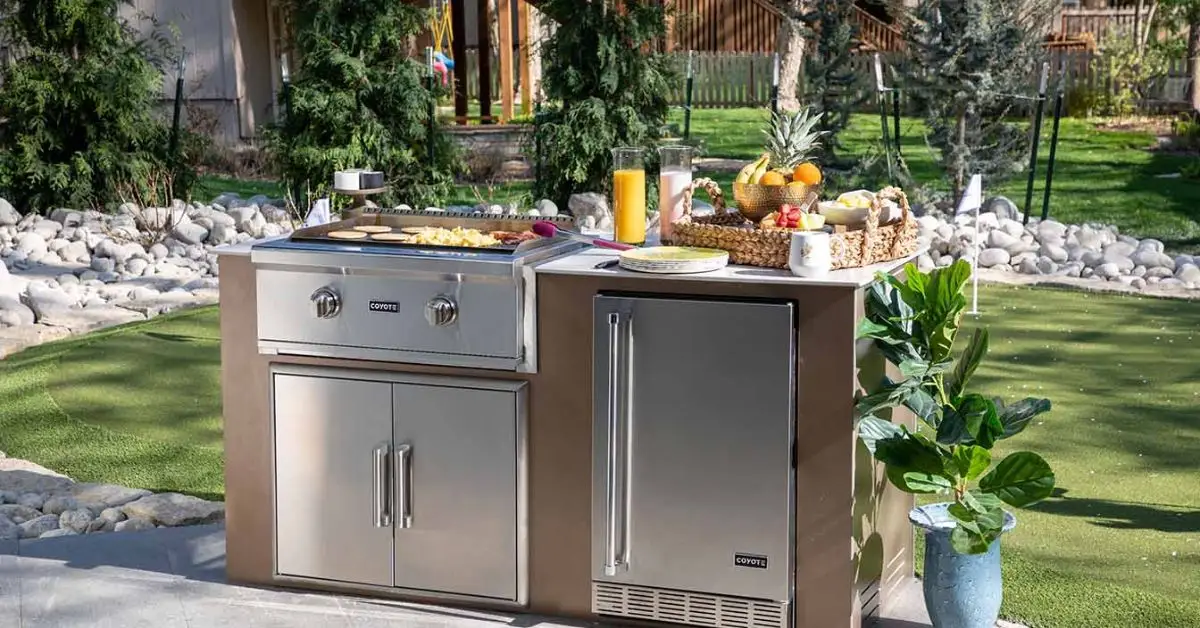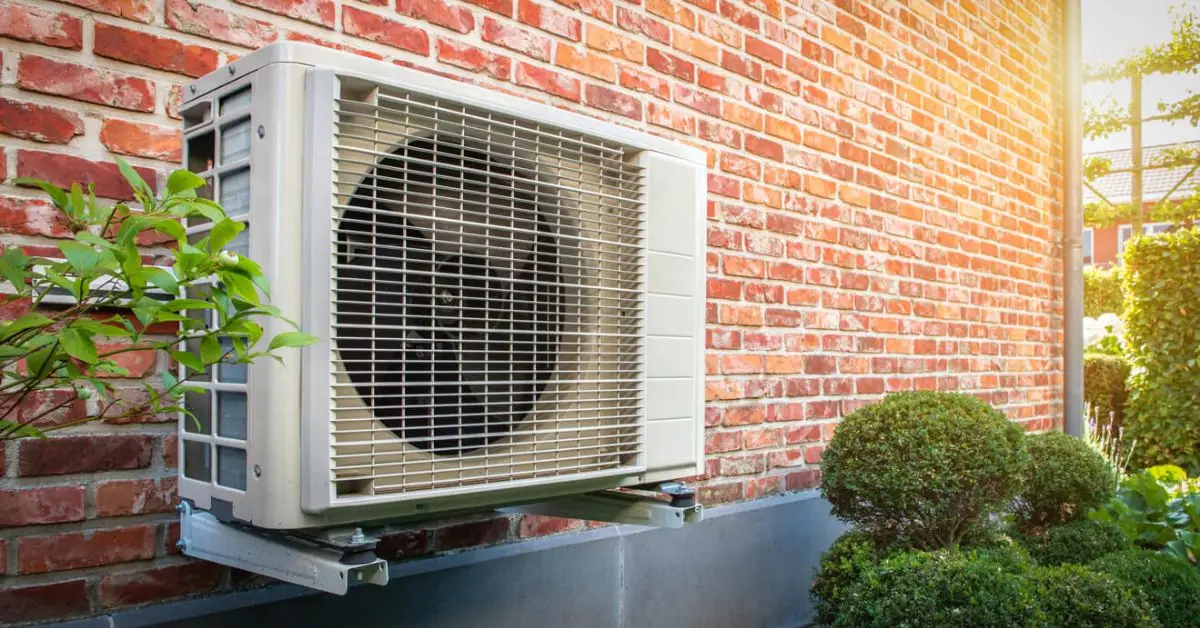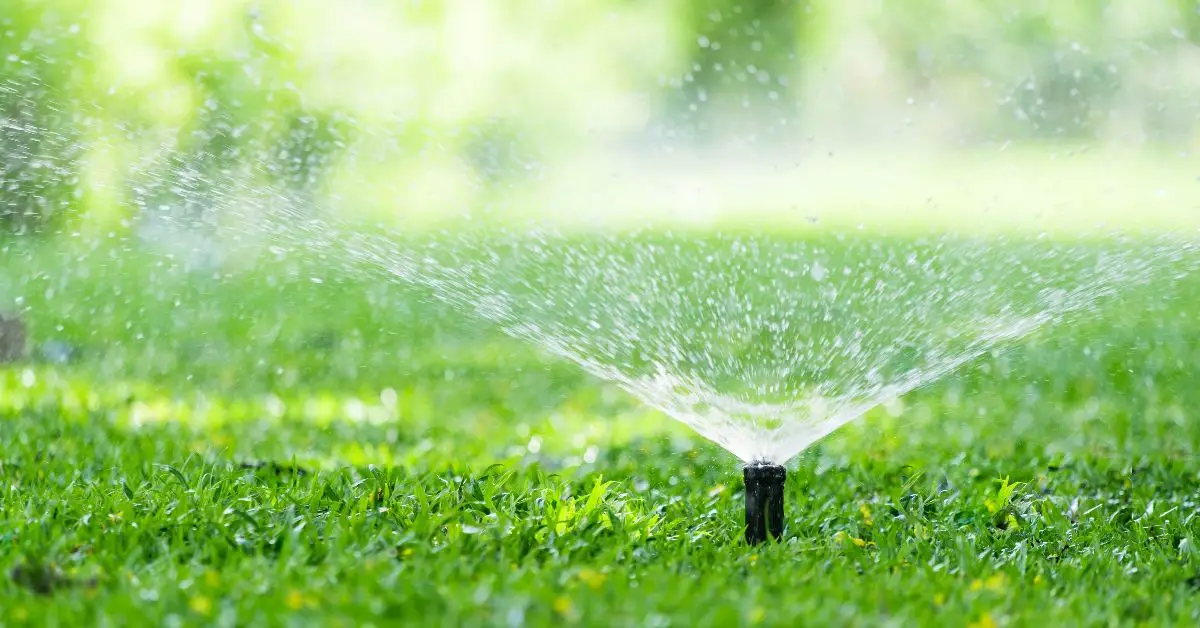Stop Overpaying: 5 Backyard Habits That Are Spiking Your Energy Bill
You might not realize it, but your backyard could be quietly sabotaging your energy bill. I’ve seen this happen more times than I can count—someone spends on smart thermostats, better insulation, energy-efficient appliances… but forgets what’s happening just outside the back door.
From the wrong kind of lighting to how you water your lawn, small mistakes in your outdoor space can add up to big monthly costs. And the worst part? Most people don’t even know they’re making them.
In this article, I’ll break down five of the most common backyard mistakes that drive up energy usage—and show you how to fix them without spending a fortune. Some of these are quick five-minute changes, others are worth planning out. Either way, they’ll help you take back control of your utility bill. If you’re looking to save even more inside the house, check out these 5 indoor habits that silently raise your summer utility bills—they pair perfectly with the outdoor fixes in this guide.
Let’s start where most people don’t even think to look.
1. You Don’t Have Enough Shade — and It’s Heating Up Your Home
If your backyard is getting direct sun all day, especially on the west or south-facing side of your house, that heat isn’t just staying outside. It’s soaking into your walls and windows, making your air conditioner work double time.

Most people think landscaping is just about looks. But strategically placed trees, pergolas, or even fabric awnings can lower indoor temps and cut cooling costs by as much as 25%, according to the U.S. Department of Energy. I’ve seen homeowners save hundreds each summer just by adding one properly placed tree.
If you’ve got nothing but grass and patio behind your house, it’s likely you’re missing this passive cooling opportunity. Even planting vines on a trellis or adding a canopy over a deck can make a noticeable difference.
Quick Fix: Start with fast-growing shade trees (like Red Maple or Hybrid Poplar) or even a simple fabric shade sail. Bonus: You’ll make your outdoor space more livable too.
Shade isn’t just about comfort—it’s about controlling your home’s exposure to direct heat. Ignoring this can quietly wreck your energy efficiency, especially in summer months.
2. Your Outdoor Lighting Is Bleeding Power All Night
It’s easy to forget about those string lights over your patio or the path lights lining your garden. They’re small, cozy, and seem harmless. But if they’re not LED—or worse, if they’re left on all night—you’re throwing away energy without even noticing.
I’ve seen backyards where a dozen halogen floodlights stay on till morning. That can add up to $20–$30/month in wasted electricity, depending on your rates. Multiply that over the year? You’re losing a weekend getaway.
Switching to solar-powered or motion-activated LEDs is a no-brainer. They’re bright enough, look great, and cost almost nothing to run. Bonus: motion lighting improves security too.
Real tip: Set all your outdoor lights on a timer or smart plug. That way you’re not depending on memory—and not lighting up your backyard like a football field all night.
Outdoor lighting is one of those invisible drains—easy to ignore but expensive in the long run. Fixing it gives you instant savings with almost no effort.
3. You’re Leaving Grills and Appliances Plugged In (Even When You’re Not Using Them)
Here’s one a lot of people don’t think about: that electric grill, bug zapper, outdoor fridge, or even a water feature running 24/7. If it’s plugged in and sitting in idle mode—even when you’re not using it—it’s still pulling energy.

I’ve walked into backyards where people haven’t used their grill in days, but it’s still plugged in and humming. Same with outdoor sound systems or patio heaters left on standby. These are classic “phantom loads,” and they add up quickly.
Even gas grills with electric starters or rotisserie kits can drain power if left on standby. According to experts at Ace Hardware, turning everything fully off—not just flipping the lid down—is essential if you want to avoid surprise charges.
Quick tip: Use outdoor-rated smart plugs. That way, you can set a timer or turn devices off from your phone—even if you forget.
These aren’t big-ticket appliances, but they’re sneaky. Unchecked, they can quietly spike your energy bill without offering any real benefit.
4. Your HVAC Unit Can’t Breathe Because of Backyard Clutter
Take a walk outside and look at your AC unit. If it’s surrounded by mulch, weeds, garden tools, or even decorative rocks, that’s a problem. Your HVAC system needs at least 2–3 feet of clear space on all sides to function efficiently. Without that airflow, it runs hotter and longer—driving up your energy bill.

I’ve seen homeowners plant shrubs right up against the unit to “hide the eyesore,” not realizing they’re choking the system. Same with stacked firewood, storage boxes, or fallen leaves that build up around it. Over time, this not only burns more energy, it shortens the life of the system itself.
Pro tip: Do a quick monthly check. Trim plants, clear debris, and gently hose off the fins. If you haven’t replaced the filter inside in 90 days, now’s the time.
Your AC unit is one of the biggest energy users in your home. If it’s working harder than it should because of simple backyard clutter, you’re paying for it—month after month.
5. You’re Overwatering Your Lawn—and Wasting Energy You Didn’t Know Was Connected
Watering your lawn might not seem like an energy issue. But if you’re running sprinklers during peak hours, using old irrigation systems, or simply watering way more than needed, it actually is.

Here’s how: most municipal water systems rely on electric pumps. The more water you use, especially during high-demand hours, the more pressure you put on the grid—and yes, the more energy you’re billed for. Add in any electric timers or pump-powered systems, and your yard is quietly upping your monthly utility costs.
Plus, if you’re overwatering, you’re probably encouraging more grass growth—which means more mowing, more fertilizer, and more energy again. It’s a domino effect.
Smarter move: Install a weather-sensing smart irrigation controller or switch to drip systems. You’ll save water, energy, and money without sacrificing a green lawn.
Overwatering doesn’t just drain water—it drains power, money, and even your weekend time. Tightening this up makes your backyard work for you, not against you. Want to save even more time and effort? These low-maintenance home upgrades for busy homeowners can take your efficiency to the next level—indoors and out.
Solar Solutions for Outdoor Spaces That Actually Save You Money
If you’ve already tightened up your watering habits and appliance use, there’s one more upgrade that can give you long-term savings without much effort: solar power. Not just panels on your roof—but small, smart solar products made for your backyard.
You’ve probably seen solar garden lights, but modern options go way beyond that. I’m talking about solar-powered string lights, motion-sensor floodlights, fountains, security cameras, even USB charging stations for outdoor workspaces. These run entirely off the sun, no wiring needed.
And they’re not just eco-friendly—they actually cut down real costs.
Real tip: Install motion-sensor solar floodlights near doors or driveways, and switch to solar path lights in garden areas. They last longer than you’d expect and require zero maintenance.
Solar upgrades don’t just save electricity—they eliminate wiring costs, reduce long-term maintenance, and make your outdoor space more future-ready. Most importantly, they keep your energy bill from creeping up month after month.
Bonus: You’re Missing a Seasonal Strategy — And Paying for It Year-Round
Most people only think about backyard efficiency in summer. But your outdoor space impacts your winter energy bill too—and ignoring it means missing out on big savings.
If your backyard has no windbreaks—like evergreen trees or tall shrubs on the north or northwest side—your home is taking the full brunt of cold winter winds. That forces your heater to work harder, especially in open yards or corner lots.
On the flip side, if you don’t have deciduous trees near your south-facing windows, you’re missing free winter sun that could warm your home naturally once the leaves fall. Smart landscaping works with the seasons—not against them.
According to the Virginia Cooperative Extension, evergreen windbreaks can cut heating costs by up to 50% in colder climates.
The U.S. Department of Energy also states that well-placed trees can reduce total heating and cooling energy by up to 25% annually.
Quick win: Plant dense evergreens like arborvitae or spruce on the north side. On the south, go for leafy trees like oak or maple that block sun in summer but let light through in winter.
Quick Backyard Energy-Saving Checklist
Use this to spot and fix the most common backyard mistakes in minutes.
Shade Check
- South/west-facing windows exposed all day?
- No trees, awnings, or pergolas nearby?
Lighting Audit
- Are any lights non-LED or left on overnight?
- Using solar, timers, or motion sensors?
Appliances & Grills
- Anything plugged in 24/7 (grill, mini fridge, bug zapper)?
- Using outdoor-rated smart plugs or power strips?
HVAC Area
- Is your outdoor AC unit blocked by plants or clutter?
- Last time you cleaned it or checked airflow?
Watering Routine
- Sprinklers running daily, even during rain?
- Using a smart controller or drip system?
Seasonal Prep
- Got wind-blocking shrubs/trees on the north side?
- Deciduous trees planted near sunny windows?
Pro tip: Take 15 minutes this weekend to walk your backyard with this list. You’ll probably spot 2–3 easy fixes that could save you money all year.
Final Thought: Your Backyard Should Help You Save, Not Spend
We usually think of energy savings as something that happens inside the house—smart thermostats, better windows, efficient appliances. But the outside matters just as much. In fact, it might be the part quietly undoing all your hard work.
The good news? Every one of these backyard mistakes has a fix. Most of them are low-cost, and some are as simple as trimming a bush or switching a lightbulb. You don’t need to redesign your entire landscape—you just need to be a little more strategic. And while you’re planning upgrades, don’t miss these 11 home improvements that waste money without adding real value—they might be undoing your energy-saving efforts.
So, take a look out your back door. What’s one thing you can change this week that’ll make your backyard work for your energy bill, not against it?
Have you already fixed any of these in your own yard? What worked—or didn’t? Drop your experience or questions in the comments. You never know who you might help.
Want more smart home and backyard tips? Visit Build Like New for practical guides that save energy and money.
Disclaimer: This article is for informational purposes only. Actual energy savings may vary based on climate, home design, and utility rates. Always consult a licensed professional for personalized advice.


